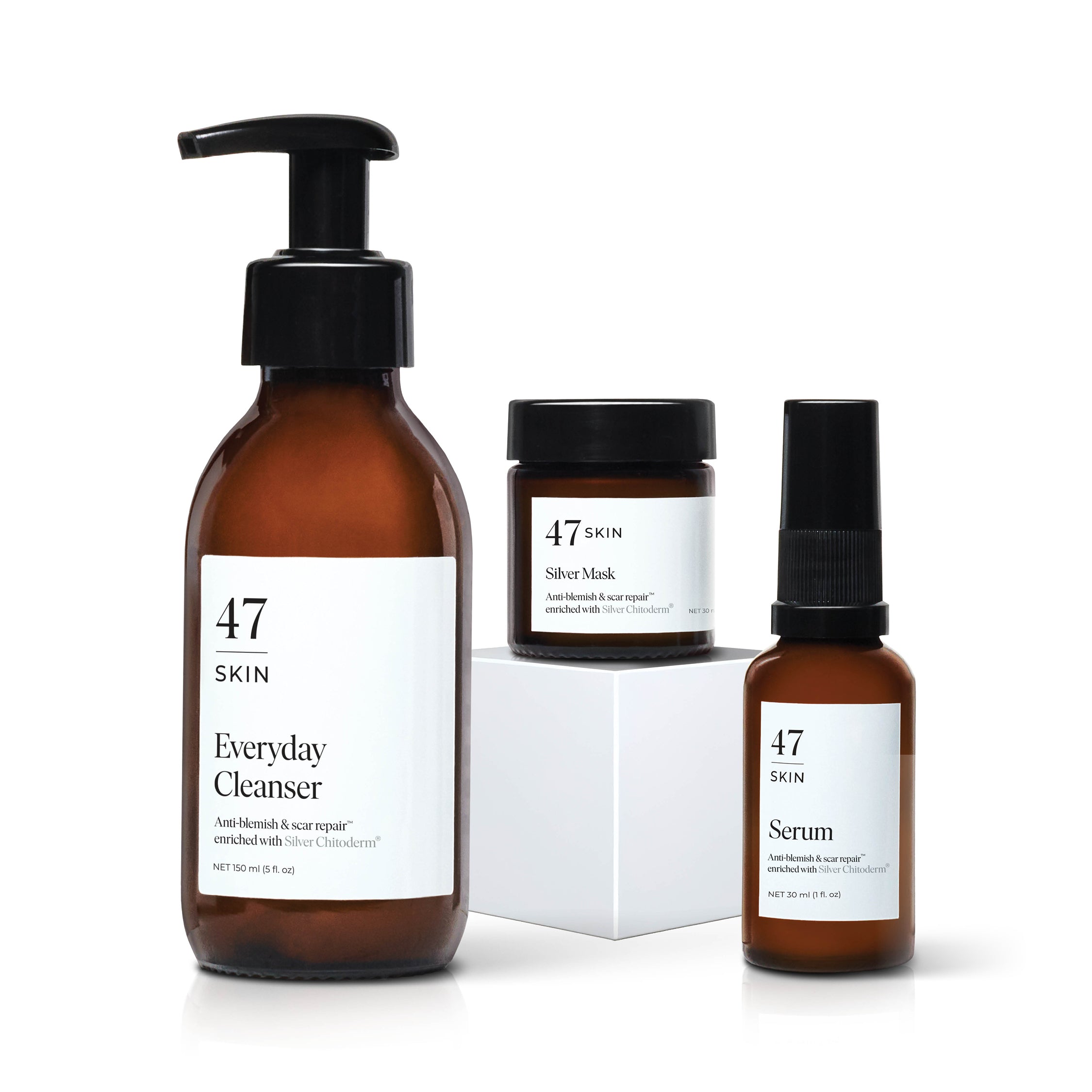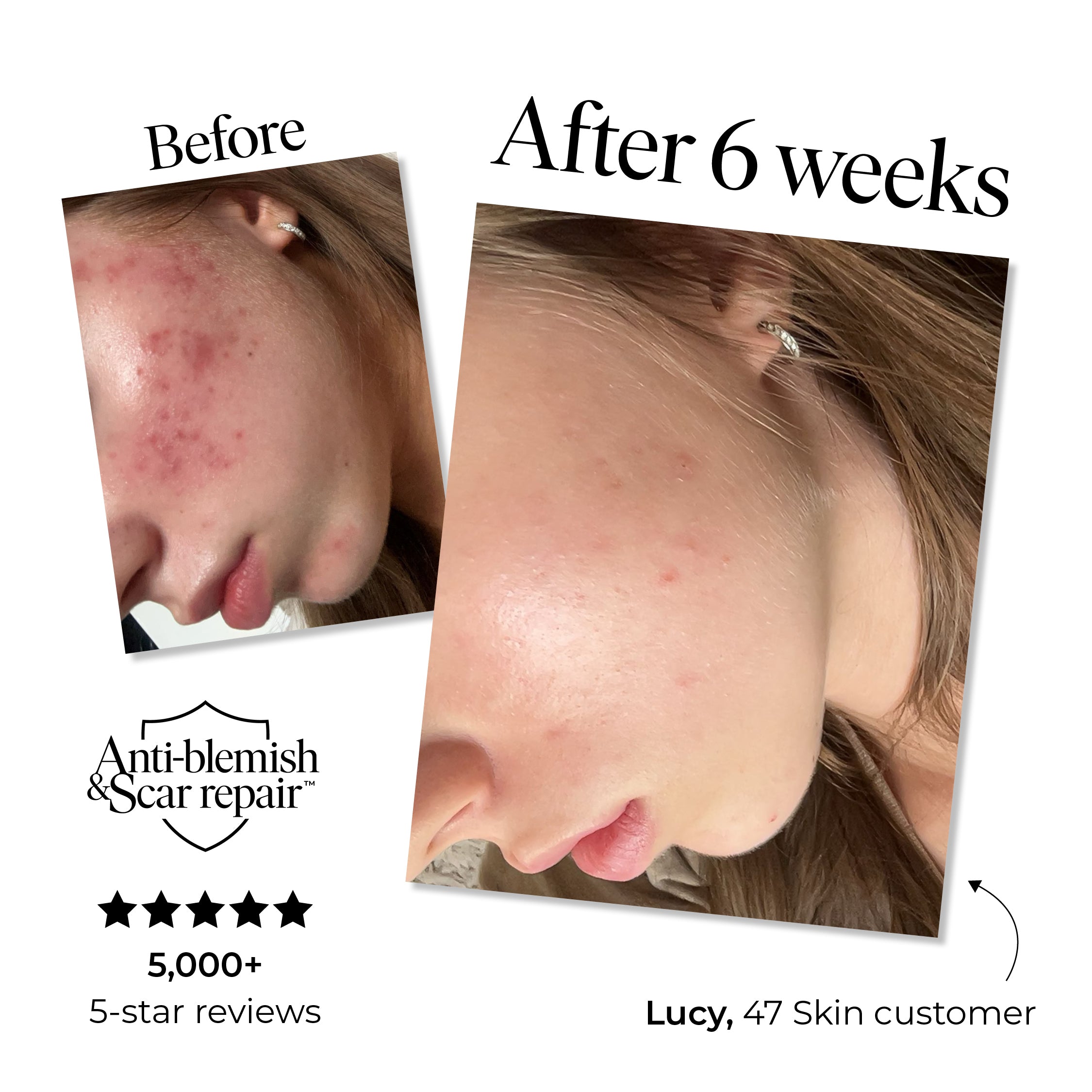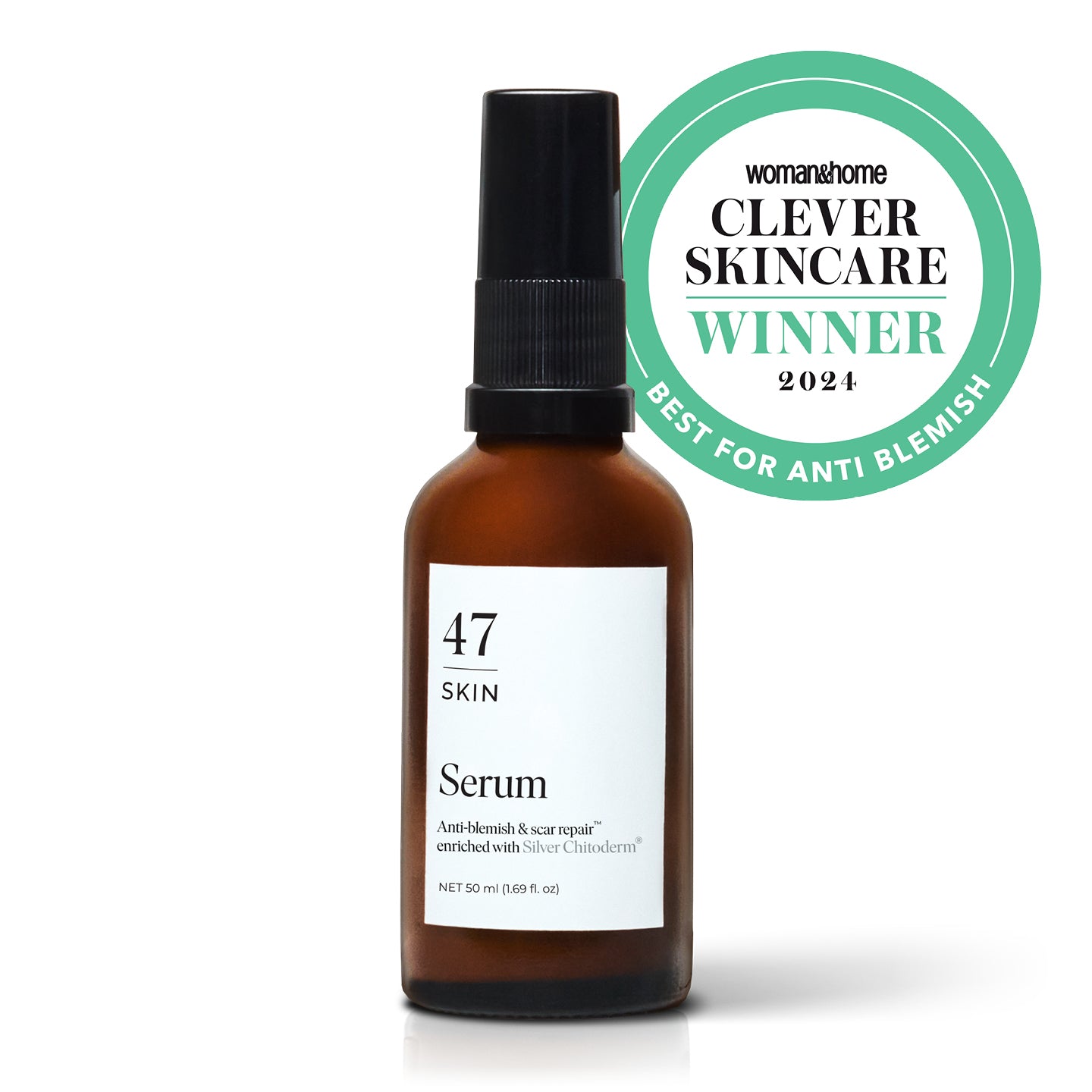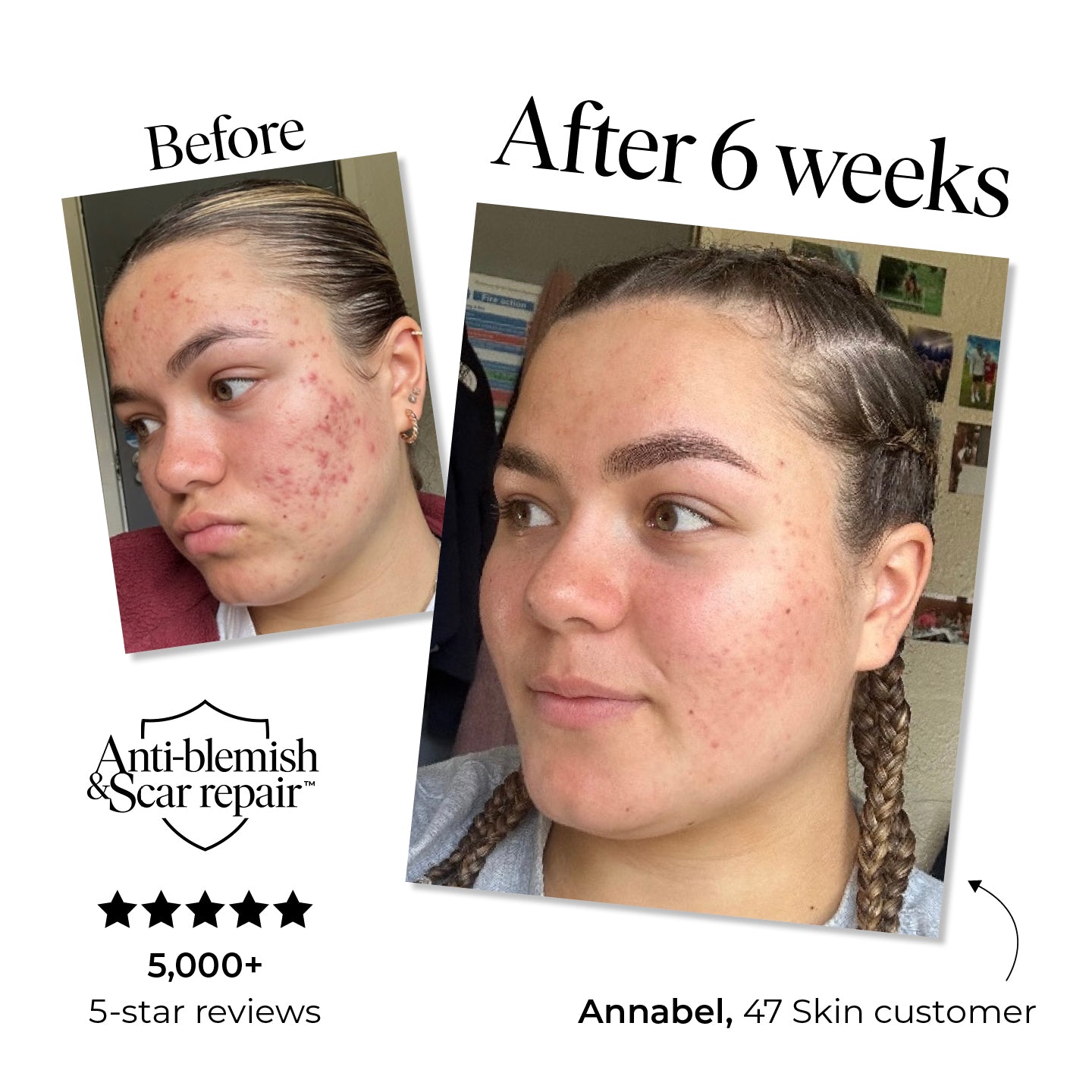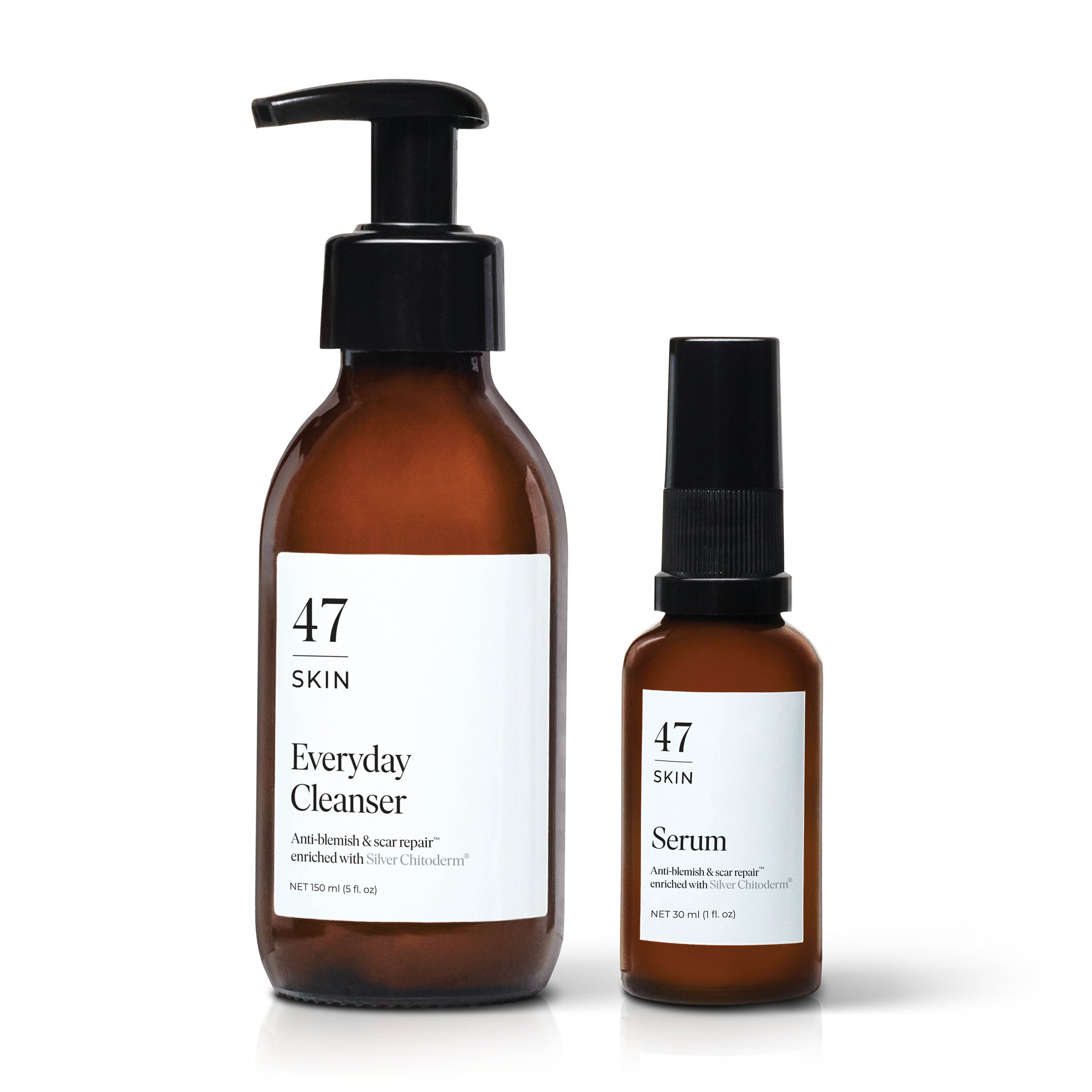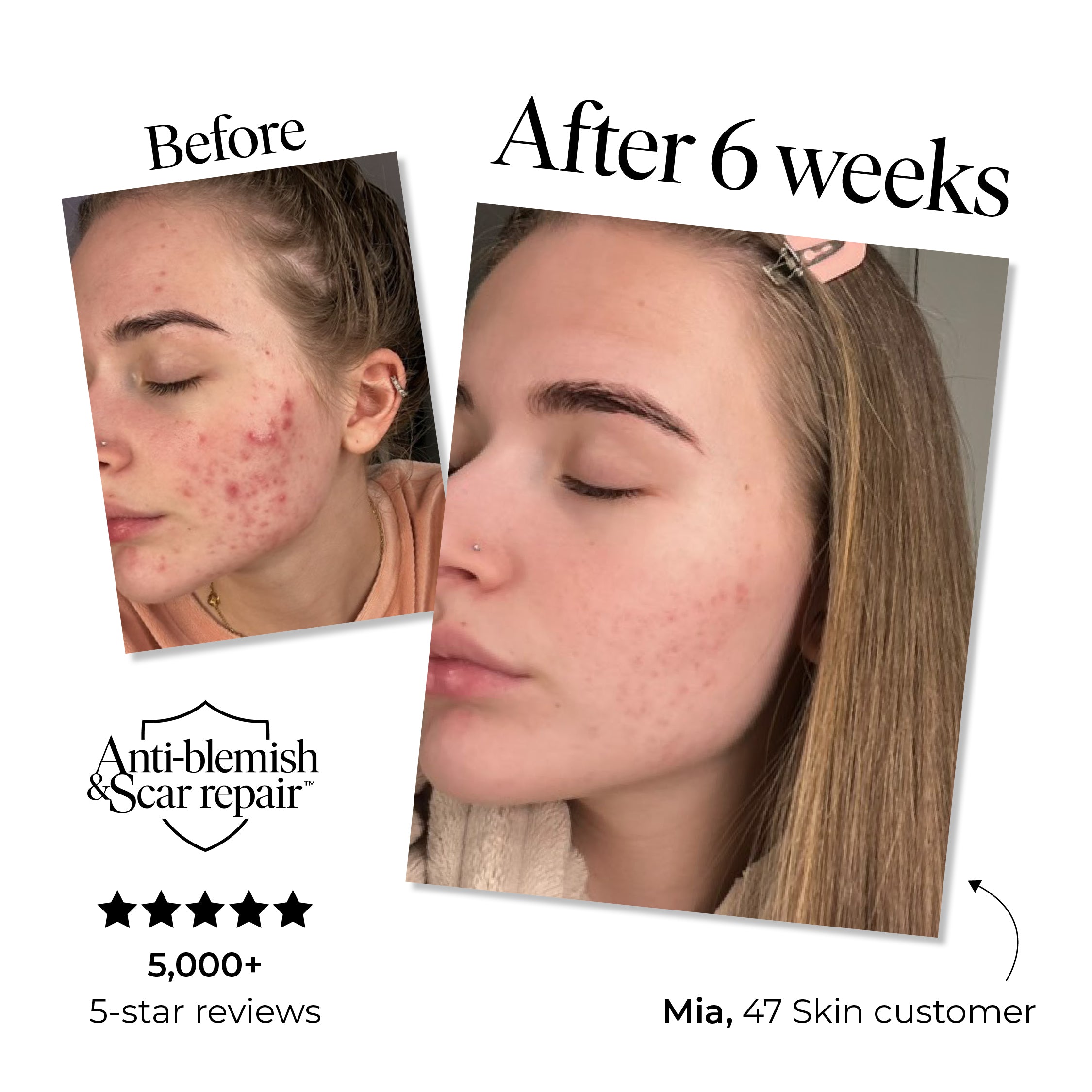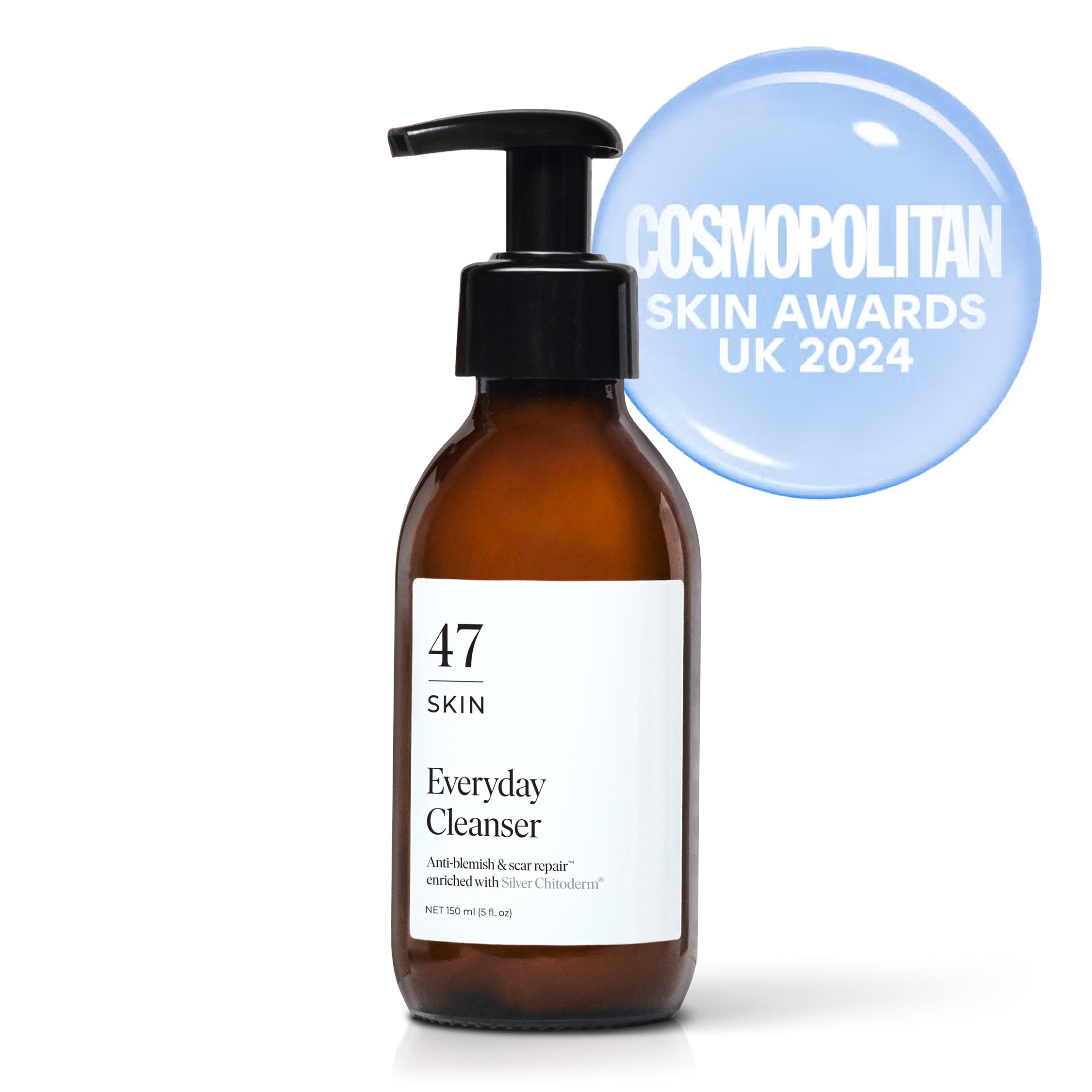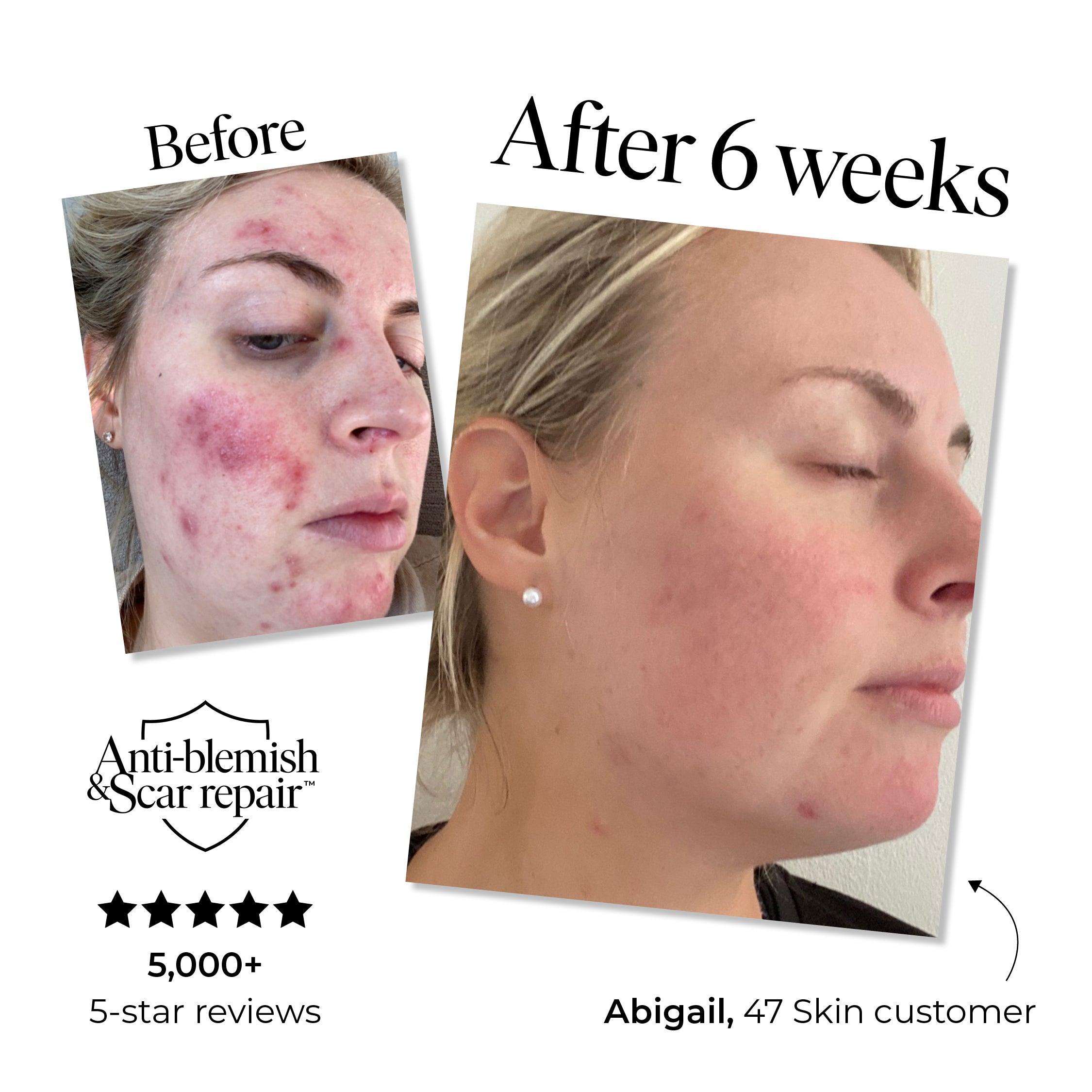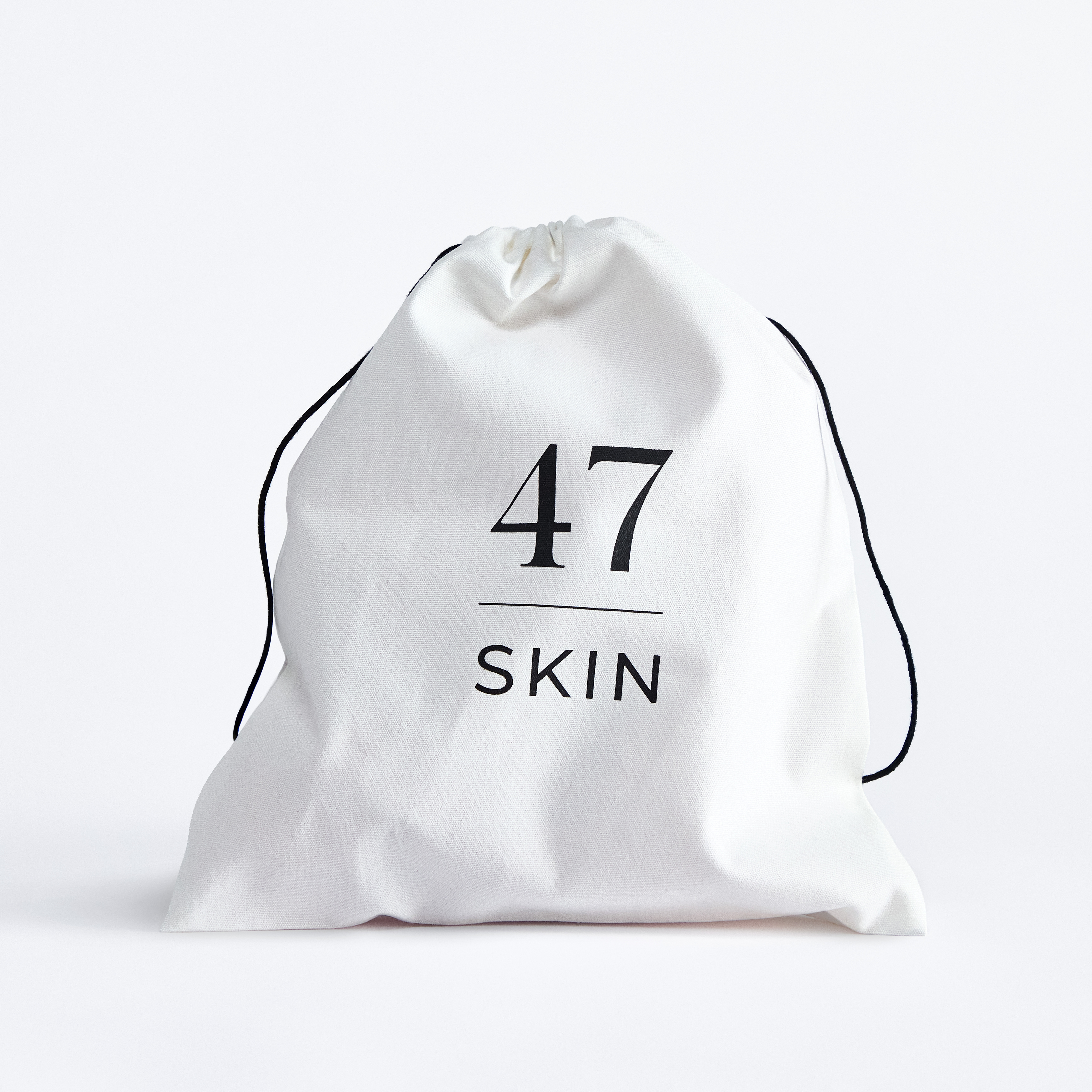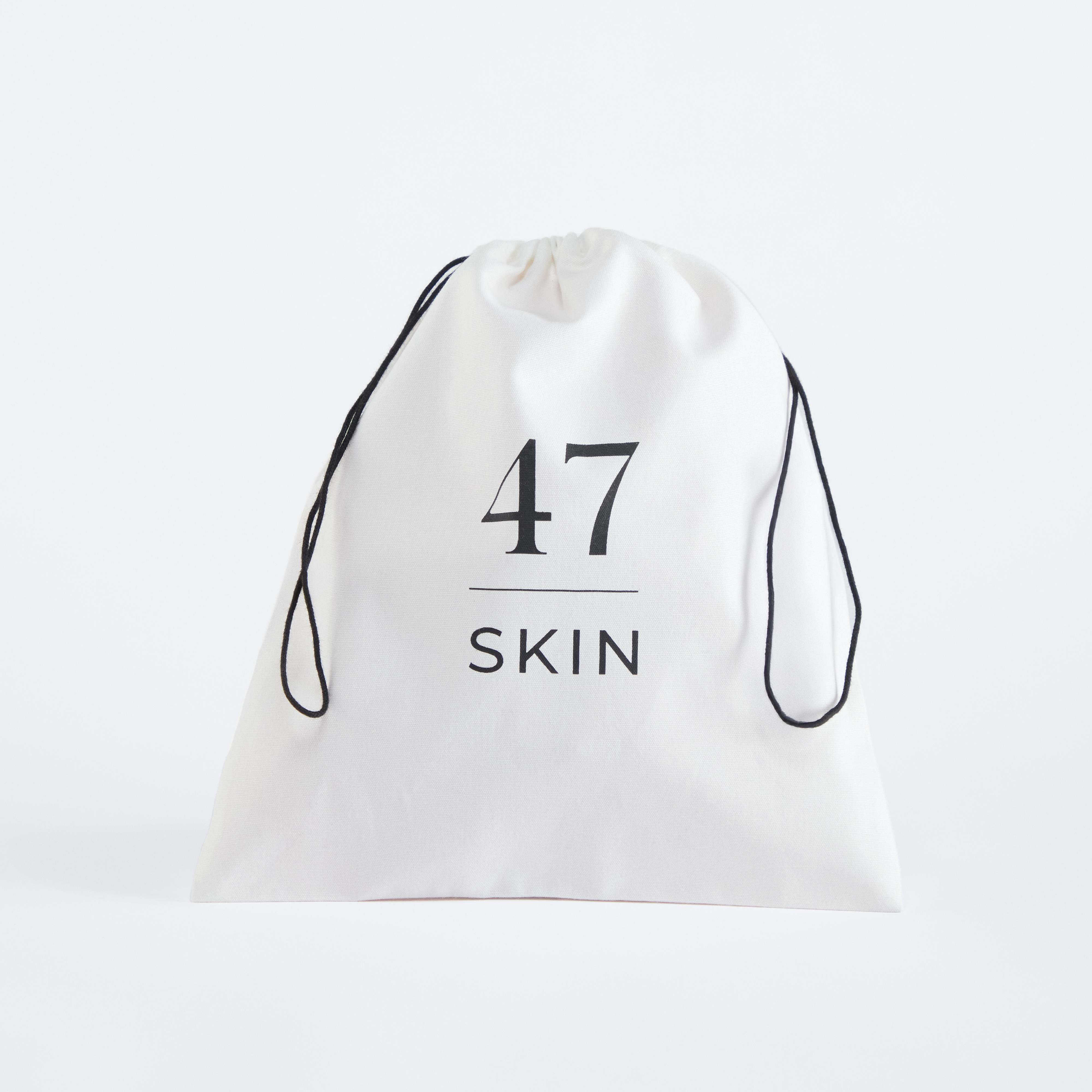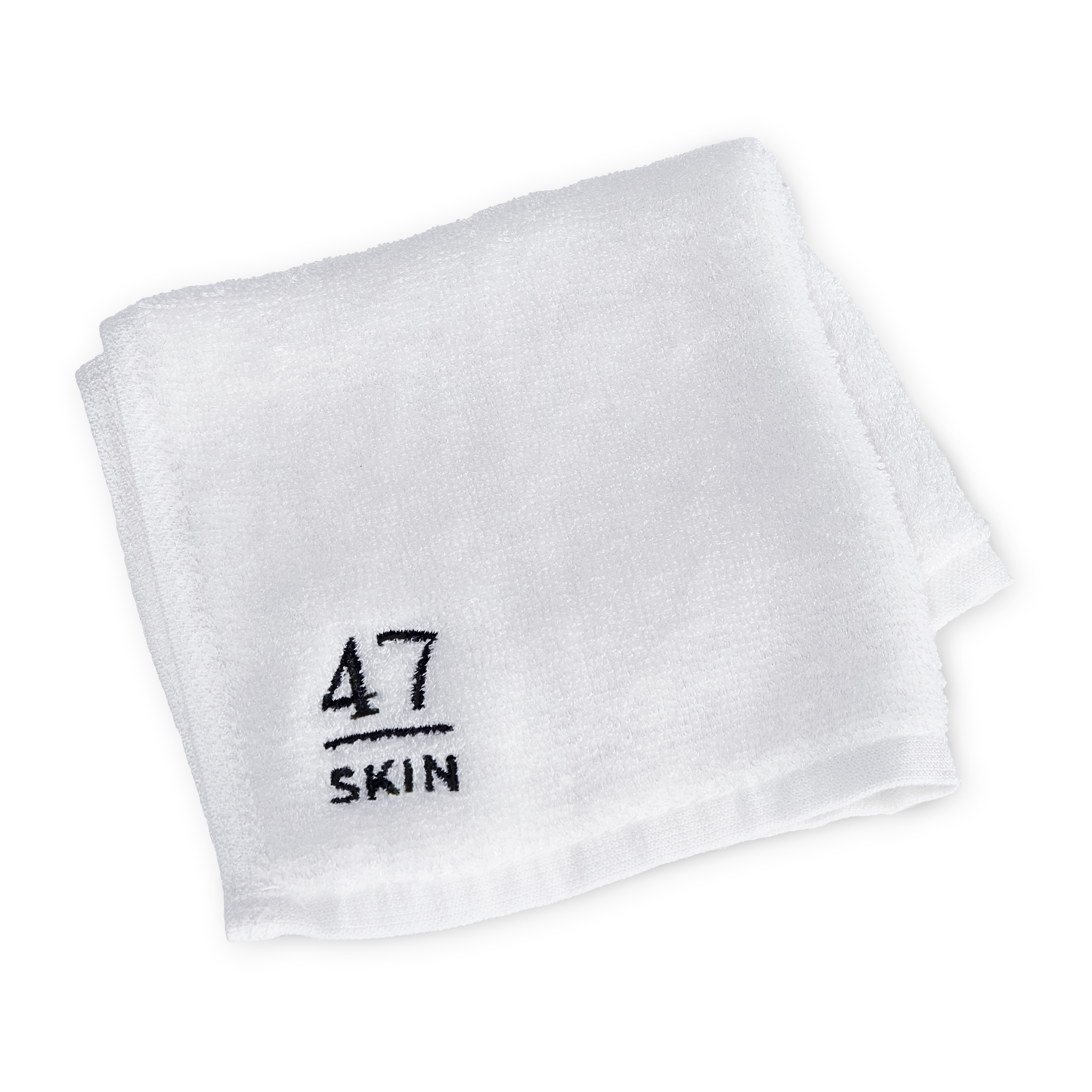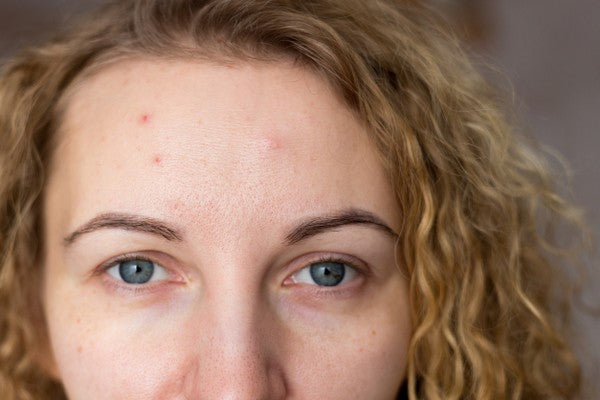Article: Five reasons air-brushing does more harm than good
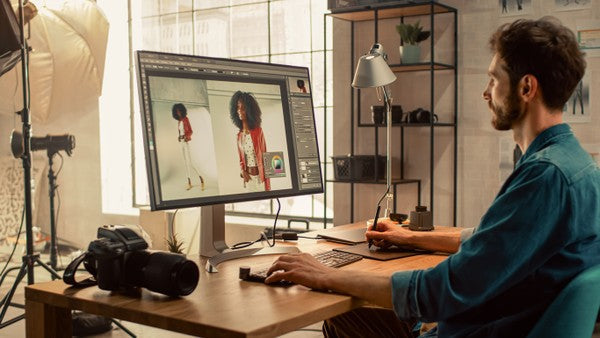
Five reasons air-brushing does more harm than good
5 reasons airbrushing skin causes more harm than good
Airbrushing is a phenomenon that has been around since the early 20th century, but only in the last decade has it faced scrutiny, as we begin to see the deep-routed effects it has on society. Although the conversation around abolishing these kinds of appearance-altering editing methods has been opened up, many mainstream beauty and skincare companies still utilise this method to advertise their products and enhance model’s appearances. But at what point are we perpetuating issues that can lead to dysmorphia, for the sake of a ‘perfect’ image?
Here are 5 reasons airbrushing ultimately causes more harm than good.
Unrealistic beauty standards
When we’re bombarded with picture-perfect models and celebrities, we can begin to believe that this is the norm. As a result, people, especially those in younger, developing bodies who may be experiencing new insecurities, end up resorting to extreme methods of repairing their imperfections; chasing a version of their appearance that is not realistic. Whether it’s spending extortionate amounts of money on skincare brands that advertise false promises of airbrushed skin, or undergoing cosmetic procedures that could end badly, we shouldn’t have to go through these things for a form of ‘perfect’ that doesn’t exist. When blemish-free, pore-less skin is the standard in society, it inevitably warps the way we look at ourselves and those around us.
Comparison culture
Comparison culture is known to be the source of a lot of insecurity. Comparing our own skin to a picture that in fact has been distorted and airbrushed is comparing ourselves to a complexion that ultimately doesn’t exist. When we place too much importance over our external appearance and lose sight of reality, it can affect other things in life that matter and deprive us of meaningful, close connections. Turning down social gatherings because the very thought of being surrounded by people whose skin we deem ‘more perfect’ than our own, for example, is a sure way to feel worse in the long run.
Criticism and scrutiny of those in the public eye
Airbrushing has negative consequences for those who are actually being airbrushed, as it establishes a public expectation for them to obtain this unreal appearance. Celebrity culture obsesses over beauty and perfection. Therefore, when the media catches the celebrity potentially not looking picture-perfect, tabloids and online articles dissect their appearance, encouraging negative publicity and possibly even causing the model or celebrity to be harassed and bullied.
Social media becomes even less authentic
With the use of face, skin and body-altering editing apps becoming more and more intrinsic to social media, comes the decline of authenticity. For no cost at all, we’re able to completely transform our appearance and upload the pictures onto social media and convince ourselves, and others, that this is our true appearance. This has established a toxic environment on social media platforms where people are trolled for their natural appearance, and further fuels the spread of dysmorphia in people who use these platforms. At 47 Skin we work hard to make our social media accounts a safe space and an inclusive space, for those of all skin types, all complexions, and all conditions. We want to be part of a movement that normalises real skin both in real life and online.
Demonisation of ageing skin
The pressure to reverse the signs of ageing and be ashamed of our skin showing our natural age is an issue that has gained much more visibility in recent years. But the conversation is far from over, and airbrushing only perpetuates the issue. By editing out wrinkles and fine lines from skin, we are denying a very natural and beautiful thing from being celebrated. As with all types of skin, we should be able to see the reality of how ageing skin looks and feels, and get comfortable with these aspects. Because let’s face it - ageing is a privilege we can all only hope to experience one day.
